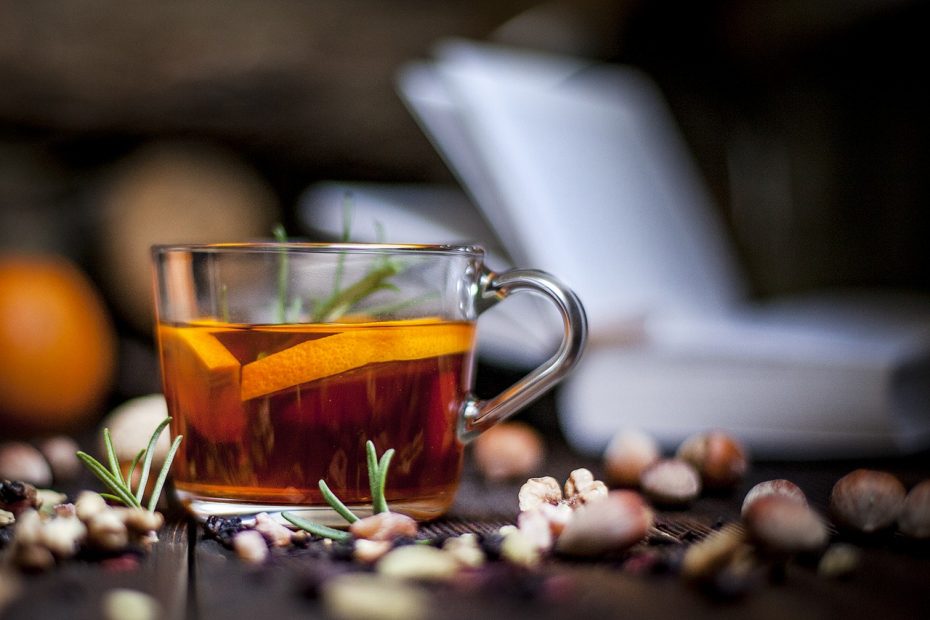Scented And Flavored Teas: Here’s The Difference
The scent of tea leaves comes from the type of processing they undergo, but some cultivars are also more predisposed than others to develop special aromas. In other cases, however, fragrance is a factor introduced by humans, either through natural scenting by contact with flowers or fruits, or through the use of natural or artificial flavorings. The latter two techniques are different from each other, and with this article we will try to find out about them.
Scented and flavored teas: what is the difference?
These two types are confused because they are often very similar in appearance as well. Scented teas arise from the contact of tea leaves with petals or pistils of flowers and fruits. In this way they directly acquire the fragrance of these elements. The contact scenting technique dates back to the Song dynasty, then to China between the 10th and 13th centuries. In those days, tea was scented using jasmine and osmanthus flowers, and then switched to the use of gardenia and lotus flower. Jasmine-scented tea was a great success, and in the 1800s it became one of the most widely exported products from China to Europe. Scented teas are produced in China, Taiwan, Vietnam, India, and Sri Lanka. The most famous scents are jasmine and osmanthus, both of which are very popular in China and Taiwan. The tea used can be a green, white, oolong, or black tea. Obviously, depending on the type of tea from which one starts, the blending of its flavor with the scent of the flowers gives particular results. The technique by which scented teas are made takes advantage of the ability of tea leaves to absorb surrounding odors.
Flowers and tea are not harvested at the same time of year, so when they are brought together the tea leaves have already been processed previously.
The flowers must be of the highest quality and must be 60 percent bloomed: in fact, the flower will open completely by being in contact with the tea. Tea leaves and flowers are placed in contact forming alternate layers. The level of fragrance desired determines the amount of flowers used. The contact lasts a maximum of 12 hours. When the flowers oxidize, darkening and withering, they are separated from the tea and replaced with other fresh flowers until the fragrance is complete. The change occurs every 12 hours and can be done a maximum of 7 times. Flavored teas, on the other hand, are processed by adding flavorings, either natural or artificial. These are often fruit- or flower-based flavorings.
